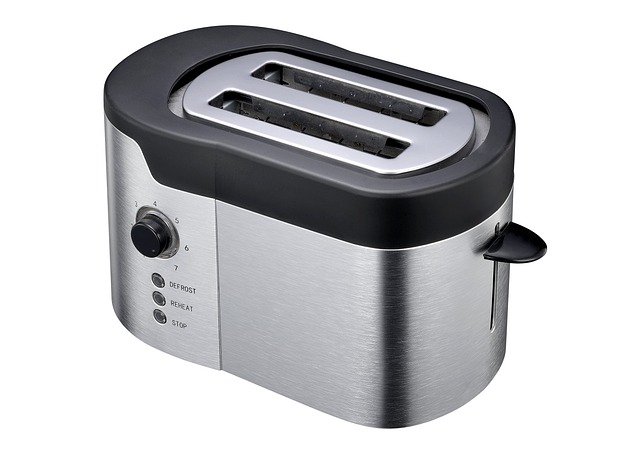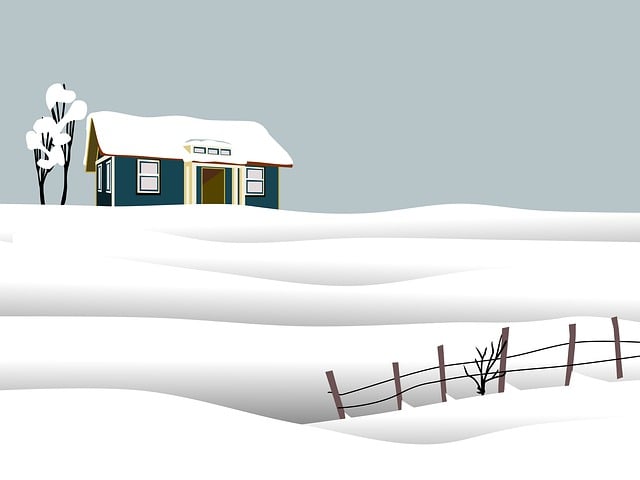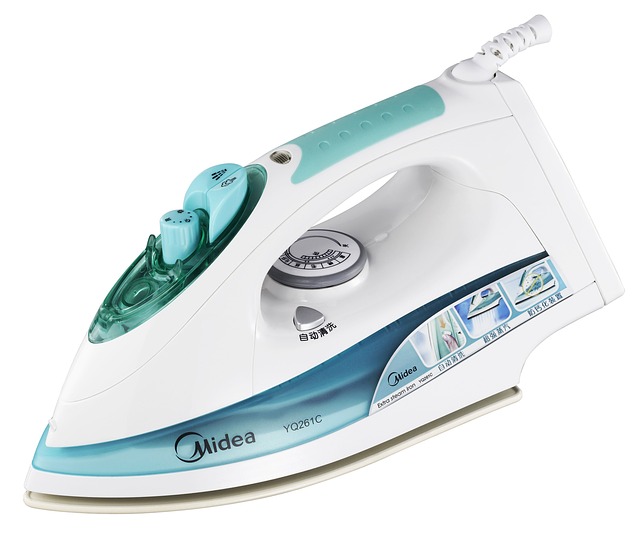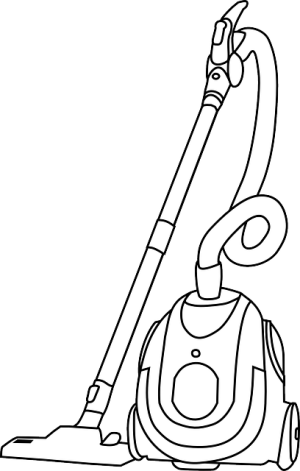Refrigerators, washing machines, ovens/stoves, dishwashers, dryers, and microwaves are crucial major appliances that play vital roles within modern households. Regular issues with these appliances include malfunctions such as improper cooling, water leaks, burner problems, temperature inconsistencies, poor drainage, faulty pumps, clogged lint, motor failures, uneven cooking, erratic keypad functions, and unusual noises. Effective troubleshooting and maintenance are essential to address these issues promptly, ensuring the appliances function efficiently and safely. This includes tasks like cleaning coils, door seals, filters, and vents, resetting circuit breakers, inspecting internal components, and following manufacturer guidelines. By understanding common problems and their solutions, homeowners can extend the lifespan of these major appliances and ensure consistent performance, thereby maintaining the overall functionality of their household's essential systems. Regular care helps prevent minor issues from escalating, safeguarding both your appliance investment and your living environment.
When major appliances falter, household tasks can quickly become daunting. From refrigerators keeping food too warm to dryers that fail to remove moisture, understanding common issues and their solutions is invaluable for maintaining a smoothly running home. This article navigates through the spectrum of appliance problems, offering practical advice for refrigerator malfunctions, washing machine leaks, stove burner issues, dishwasher poor performance, dryer heating element failures, and microwave malfunctions. With a focus on DIY troubleshooting and simple fixes, homeowners can confidently address major appliance issues, ensuring their home remains a haven of efficiency and comfort.
- Identifying Common Issues with Refrigerators: Causes and Fixes for Major Appliance Malfunctions
- Troubleshooting Washing Machine Woes: From Leaks to Ineffective Cycles
- Oven and Stove Problems: Understanding Burner Issues, Temperature Control Failures, and Self-Cleaning Mode Malfunctions
- Dishwasher Dilemmas: Dealing with Poor Drainage, Faulty Pumps, and Soil Removal Defects
- Dryer Disasters: Solving Common Problems with Heating Elements, Lint Buildup, and Motor Malfunctions
- Microwave Mishaps: Resolving Common Errors and Performance Issues in Microwave Ovens
Identifying Common Issues with Refrigerators: Causes and Fixes for Major Appliance Malfunctions

When it comes to major appliances, refrigerators are among the most critical in maintaining the freshness of your food and beverages. Common issues with refrigerators can range from not cooling properly to leaking water. Identifying the root cause of these problems is essential for effective troubleshooting and repair. For instance, if your refrigerator is not cooling, it could be due to a malfunctioning thermostat, a dirty condenser coil, or a tripped circuit breaker. Regularly cleaning the coils can prevent dust accumulation that hinders proper heat exchange, which in turn affects the cooling performance. Another frequent problem is excessive condensation leading to water leaks. This can often be resolved by ensuring the door seals are tight and free of debris, or by adjusting the defrost timer. In some cases, the issue may stem from a clogged drain line or a damaged defrost thermostat. By understanding these common refrigerator malfunctions and their solutions, you can prevent minor issues from escalating into more costly repairs or replacements, ensuring your major appliances function efficiently for as long as possible.
Troubleshooting Washing Machine Woes: From Leaks to Ineffective Cycles

When it comes to major appliances, washing machines are often at the forefront of household maintenance due to their frequent use and complex systems. Common issues with washing machines can range from minor hiccups to significant malfunctions that disrupt your laundry routine. One prevalent problem is leaks, which can stem from various sources such as worn-out hoses, a damaged drain pump, or faulty valves. To address this, regularly inspect the washing machine hoses for signs of wear and replace them if necessary. Ensure that the drain pump and valves are functioning correctly, as these components regulate water flow and pressure. Another frequent woe is ineffective cycles, where clothes come out either not clean or with a residual amount of water. This can be due to clogged hoses, a malfunctioning lid switch, or improperly set machine settings. To rectify this, clear any blockages in the hoses and check the lid switch to ensure it’s closing properly during operation. Additionally, verify that the washing machine is level to prevent imbalanced operation and check the settings to adjust the wash cycle as needed for optimal performance. Regular maintenance and understanding the basics of washing machine operation can help you troubleshoot these common woes, extending the life of your appliance and ensuring efficient and effective laundry cycles. Always refer to the user manual for specific model instructions or consult a professional if necessary.
Oven and Stove Problems: Understanding Burner Issues, Temperature Control Failures, and Self-Cleaning Mode Malfunctions

When it comes to major appliances, ovens and stoves are workhorses in any kitchen, but they can encounter various issues that affect their performance. Burner problems are among the most common, ranging from burners that fail to ignite to those that produce a weak flame. This can be due to a variety of reasons, such as a gas supply blockage or a faulty spark module. To address this, first, check for any visible obstructions in the gas line and ensure the spark module is functioning correctly by inspecting its connection and replacing it if necessary.
Temperature control failures in ovens and stoves are another frequent concern. If your food is either overcooking or undercooking despite setting the correct temperature, the issue might lie with the oven’s thermostat, temperature sensor, or bake element. To troubleshoot this, begin by cleaning the oven’s sensors to ensure accurate temperature readings. If the problem persists, further investigation into the thermostat or bake element may be required. It’s advisable to consult the appliance’s manual or a professional for specific diagnostics related to these components.
Self-cleaning mode malfunctions can also occur with ovens and stoves. When this feature doesn’t work, it’s often due to issues with the oven’s control board or a problem with the door latch mechanism. Before attempting a self-clean cycle, verify that the door seal is intact and there are no obstructions preventing the door from closing properly. If the control board shows signs of damage or if the door latch isn’t engaging as it should, professional repair services are recommended to prevent further damage and ensure safe operation of the self-cleaning function. Regular maintenance and timely troubleshooting can help prolong the lifespan of your oven and stove, keeping your kitchen prepared for any culinary endeavor.
Dishwasher Dilemmas: Dealing with Poor Drainage, Faulty Pumps, and Soil Removal Defects

When encountering dishwasher dilemmas, homeowners often face issues ranging from poor drainage to faulty pumps and soil removal defects. These problems can hinder the efficiency of one of modern kitchens’ major appliances. Poor drainage may manifest as standing water in the bottom of the dishwasher after a cycle, which can be due to a clogged filter or an obstructed air gap. To address this, ensure that the filter is cleaned regularly and inspect the air gap for any blockages or misalignments. If the issue persists, it may be necessary to examine the drain hose for kinks or improper installation that could impede water flow.
Faulty pumps are another common dishwasher malfunction. A dishwasher pump’s failure can lead to inadequate circulation of water, resulting in spots on dishes and a lack of effective cleaning. When diagnosing this problem, check the pump for any signs of wear or damage. If the pump is functional but not performing as expected, it could be due to a clogged impeller or an issue with the pump’s motor. In such cases, disassembling the pump and clearing the impeller or replacing the motor may be necessary. Additionally, problems with soil removal can arise if the dishwasher isn’t dispensing detergent correctly or if there’s a misalignment in the arm that distributes the soap. Regular maintenance, including checking the detergent dispenser for proper operation and ensuring the arms are clean and aligned, is essential for maintaining optimal performance of this major appliance. Addressing these issues promptly not only extends the lifespan of your dishwasher but also ensures that your dishes come out sparkling clean every time.
Dryer Disasters: Solving Common Problems with Heating Elements, Lint Buildup, and Motor Malfunctions

When it comes to major appliances, dryers are a staple in many households, providing a convenient and efficient way to dry clothes. However, common problems with heating elements, lint buildup, and motor malfunctions can disrupt this convenience. Heating elements within the dryer are responsible for generating the heat necessary to dry your garments. If your dryer is not producing enough heat or is overheating, it’s likely that the heating element needs attention. A faulty element may require simple adjustments or replacement. Regular maintenance and cleaning can prevent lint buildup, which is a common issue that can lead to inefficient drying, extended drying times, and in severe cases, a fire hazard. It’s crucial to clean the lint filter after every use and to perform a more thorough cleaning of the dryer vent annually. Motor malfunctions, another frequent problem, can manifest as a dryer that fails to start, runs excessively loudly, or takes too long to dry clothes. If the motor is humming but not turning the drum, it may need repair or replacement. Addressing these issues promptly not only ensures the longevity of your dryer but also maintains its efficiency and safety, contributing to the overall performance of your major appliances. Regular inspections and timely interventions can prevent minor problems from escalating into major disasters.
Microwave Mishaps: Resolving Common Errors and Performance Issues in Microwave Ovens

When it comes to major appliances, microwave ovens are a staple in many kitchens due to their convenience and versatility. However, like any other electrical device, they can sometimes malfunction or underperform. Common issues with microwave ovens range from failure to operate, uneven cooking, erratic keypad functions, and unusual noises during use. To address these problems effectively, understanding the potential causes is crucial. A microwave that won’t turn on may require a simple reset of its circuit breaker or a check of its power cord and outlet. If the appliance powers on but doesn’t heat food properly, the issue might lie with a damaged magnetron, which is the component responsible for generating microwaves. Another frequent error is when the keypad stops responding; this could be due to a buildup of dust or an electrical fault that may necessitate professional repair. Similarly, if your microwave emits strange sounds or the light inside flickers, it’s likely time for maintenance or replacement of certain parts, such as the turntable motor or the high-voltage diode. Addressing these issues promptly not only ensures the safety and longevity of your appliance but also maintains its performance, allowing you to continue enjoying quick and efficient meal preparation. Regular cleaning and adherence to the manufacturer’s guidelines can prevent many common errors, thereby maintaining the reliability of your microwave oven within the major appliances in your home.
In conclusion, navigating common issues with major appliances is a routine yet critical aspect of home maintenance. This article has shed light on prevalent problems and effective solutions for refrigerators, washing machines, ovens, stoves, dishwashers, dryers, and microwaves. By understanding the underlying causes of malfunctions in these kitchen and laundry workhorses, homeowners can tackle issues with confidence and restore their appliances to peak performance. Whether it’s a refrigerator that won’t cool, a washing machine leaking water, an oven heating unevenly, or a dishwasher failing to clean dishes properly, each problem has a remedy that can often be implemented without the need for professional assistance. Remembering these troubleshooting tips not only saves time and money but also ensures that your major appliances serve you well for years to come.
